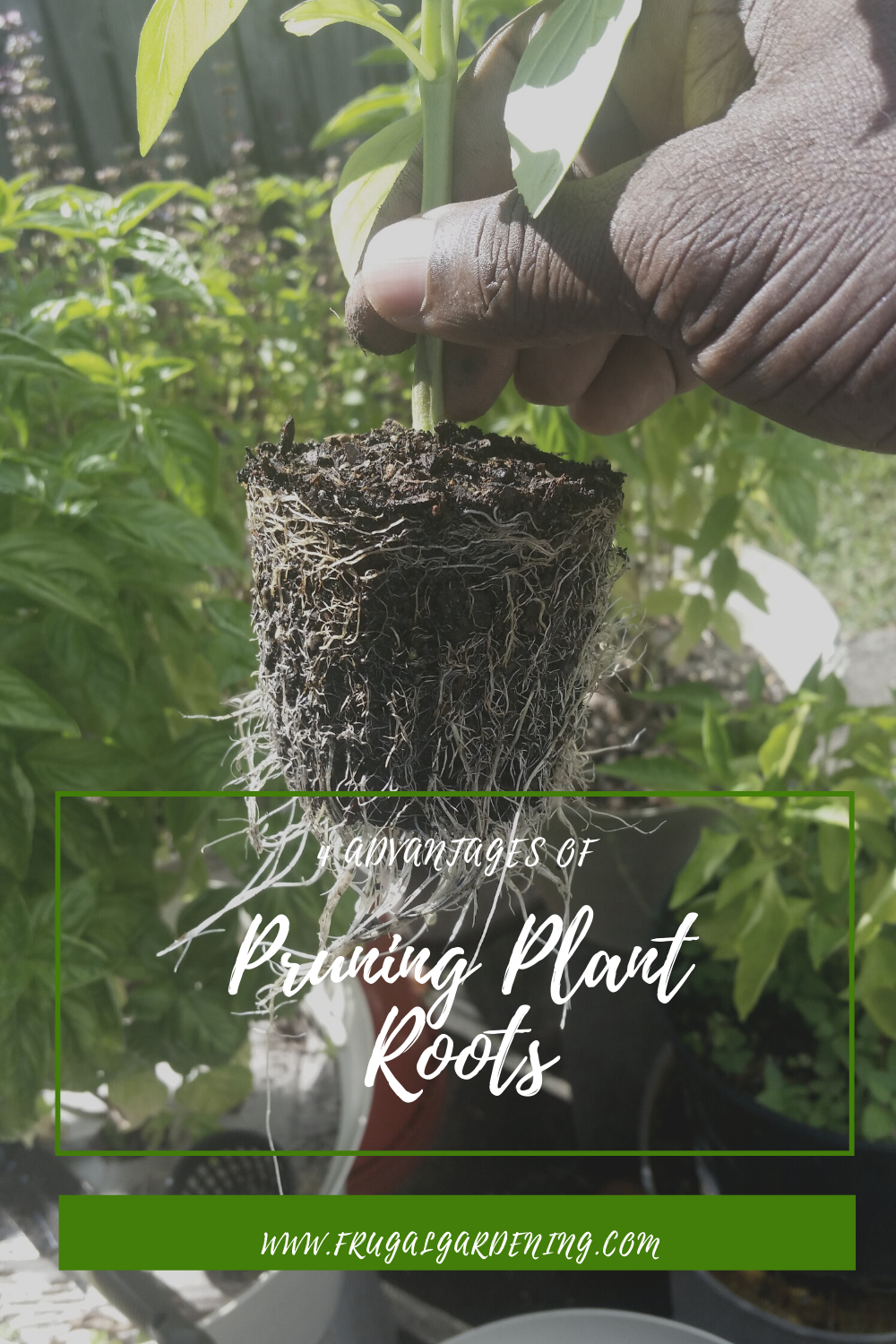
You’ve heard of pruning branches, but what about pruning plant roots? Roots aren’t something we think about very often. Mainly because they’re buried under the earth. Out of sight. Out of mind. However, paying attention to your plant’s roots can be an essential part of raising healthy houseplants.
Here’s why you might consider pruning plant roots. Below, you’ll also find a helpful video for guidance on how to prune plant roots.
Improve root growth
Young plants can sometimes fail to produce healthy, abundant root systems. When this happens, pruning the roots before transplanting may help encourage more vigorous growth.
Prevent or reverse root binding
If you’ve ever repotted a plant or left a seedling too long in its pot, you may have noticed that its root system begins to circle the bottom of the container. If this happens, it means the plant has become root-bound. Without anywhere else to expand, the roots become a ragged, dense mess. Trimming the roots can help encourage new root growth and improve the overall health of your plant.
An alternative to trimming is to use breathable fabric pots. Obviously, this isn’t a great option for indoor plants. For outdoor plants, thought, fabric pots allow for air pruning. Because the fabric is breathable, it will enable the roots to breathe, preventing plants from becoming root-bound altogether.
Increases nutrient absorption
By pruning plant roots, you encourage nutrient absorption. The new root fibers help increase a plant’s nutrient uptake from the soil. If you have a root-bound plant, it can’t take up nutrients efficiently because it’s incapable of growing a lot of new, healthy roots.
Slows down growth
Abundant growth is great, but a plant that grows too rapidly will quickly need to be repotted again and again. By pruning roots, you slow down overall growth keeping the plant the right size for its current pot for a little while longer.
Get more plants
You’ll also need to prune roots if you want to divide plants. To divide plants, you’ll need to separate the roots, clip them, and trim them to encourage new growth.
How to prune
The ideal way to prune a plant is to lightly trim part of its root system. Taking off too much can have the opposite effect and potentially damage the plant.

Steph Coelho is a freelance writer gardening in zone 5b. She is a certified Square Foot Gardener and has taught various garden-related workshops. When she’s not digging in the dirt or writing, she’s cooking up fresh produce, running, or listening to her favorite podcasts.
Leave a Reply